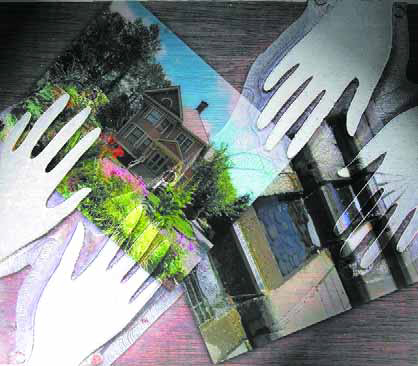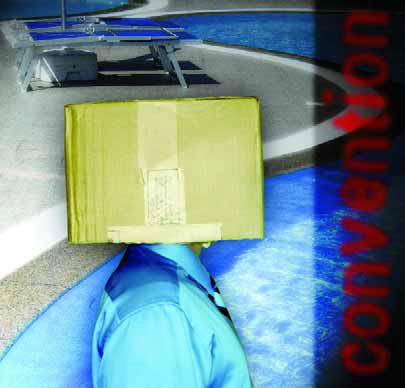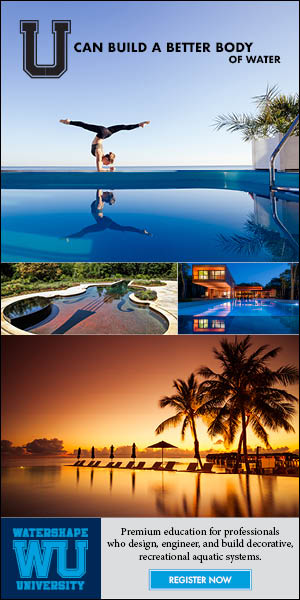As I was graduating from college many years ago, one of my professors predicted that more than 30 percent of us would eventually hold jobs that hadn't been invented yet. With the emergence of the Internet and other mass-communication technologies in recent years, I'd be hard pressed to think he was anything but conservative with his forecast. It's exciting to think we live at a time when new vocations are constantly emerging to provide us with ever-broadening sets of employment options. And it's exciting to point out that one of these new professions
In Costa Rica, the people have a saying, pura vida, which in English roughly translates to "pure life." We also are known to say, cual es el apuro, which means, "What's the hurry?" Those two unofficial national slogans reflect the essence of life in this country, where relaxation, an appreciation of natural beauty, love of family and a peaceful spirit are defining characteristics for the society. But even in a place like Costa Rica, where the pace of life is slow, relaxed and easy, timing is still everything. About three years ago, it occurred to me that a variety of social and economic factors were creating a watershape market in Costa Rica in which a truly high-end, quality-oriented custom company could become quite successful. Those factors - Costa Rica's rising profile as
As watershapes have become increasingly complex, the need for reliable hydraulic designs that maximize efficiency and reliability is now more pressing than it’s ever been, says hydraulics expert Steve Gutai. With this installment of his ongoing series on hydraulics, he launches a sequence of articles that will explore principles behind the fluid mechanics and hydraulics of custom
The very existence of floating islands seems counterintuitive. Are there really chunks of earth solid enough to support our weight while drifting over the surface of a body of water? Can these floating masses even support the weight of trees, animals or even human dwellings? The fact is that floating islands do exist on six of the seven continents and sometimes on the oceans between. Some do have trees growing on them and do support the weight of humans (and even grazing cattle). Some are, in fact, hundreds of feet across and are called "home" by their inhabitants. These naturally occurring, waterborne vessels embody a fascinating subset of natural observation and are generally unknown - even though they
It's a fact: A great many of the ponds and lakes in the western United States are simply not part of nature's scheme. Whether used for water retention, landscape beautification, fishing or swimming, these artificial, man-made bodies of water are inclined (and in some cases doomed) to be troubled, usually because of fertilizer- and pesticide-laced runoff from surrounding developed areas. Indeed, some of these problem watershapes are filled with just about the worst water the environment has to offer. As our business has developed, a large portion of what we do has focused on setting things right in these troubled watershapes and
Awards, prizes and accolades can serve as a great way to learn about the top professionals in any given field. As a case in point, I recently picked up a copy of The Pritzker Architecture Prize (Harry Abrams, 1999), a beautifully illustrated 200-plus-page tribute to the first 20 winners of this prestigious annual award, which is given to recognize lifetimes of achievement. Established in 1974 by Pritzker family (founders of the Hyatt chain of hotels), the stated goal of the prize program is to increase awareness of reigning architectural geniuses. Most of the prize recipients are still alive and working, and the list of winners includes some of the most extraordinary designers of the second half of the 20th Century, including Philip Johnson, Luis Barragan, I.M. Pei and Tadao Ando, to name a few. Some I had heard of before, but several were new to me. In all cases, this
My last two "Details" should make it pretty clear that I'm more enthusiastic about tile than I am about any other surface material for watershapes. In October, we covered the use of color while focusing on tile, and in November there was a discussion of my favorite suppliers and their distinctions. This time, I'll bring the sequence to a conclusion by looking at the process of selecting tile and at the ways I blend tile mosaics. My enthusiasm extends from the fact that tile in watershapes is incredibly dynamic - so visually flexible, so durable and, if done well, so elegant. It can be used either as a
Like most everything in life, "Natural Companions" has evolved through the years. When I first started writing this column in 1999, I focused primarily on topics related to combining plants and watershapes and wrote a lot about surrounding hard structures with greenery in sensible and sustainable ways. As the New Year approaches, I've been thinking about how things have changed with the column and where it's now heading. I distinctly recall having the sense about four years ago that
For years, conventional wisdom has held that many of the advances in watershape design incubate in the commercial realm and then slowly percolate over to the residential market as our clients ask for features they've seen on vacation and elsewhere. That paradigm holds up to this day in many ways, but what's less acknowledged and, I believe, more prevalent in today's market is an opposite trend in which commercial clients are requesting details that are more closely associated with residential pools. In fact, it's my observation that the
I recently enjoyed an experience a long, long way from my familiar surroundings in southern California that nonetheless had me feeling right at home. A few weeks back, I had the distinct pleasure of flying to





















